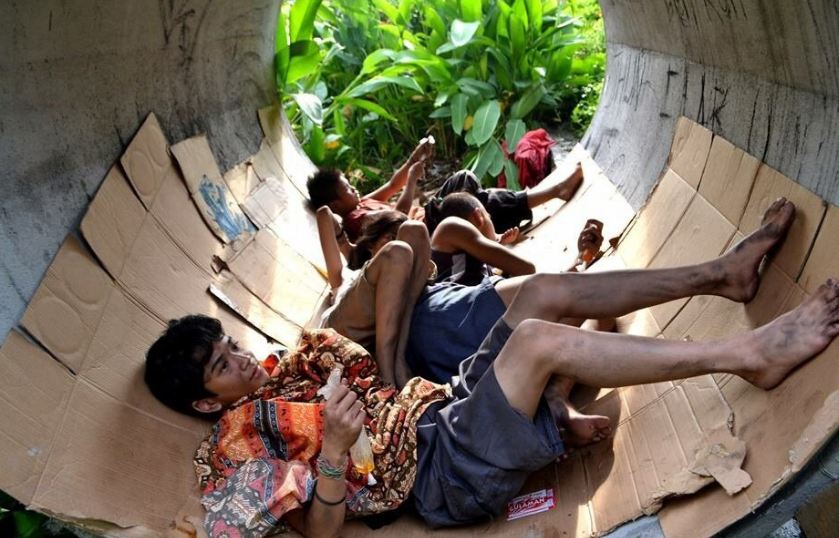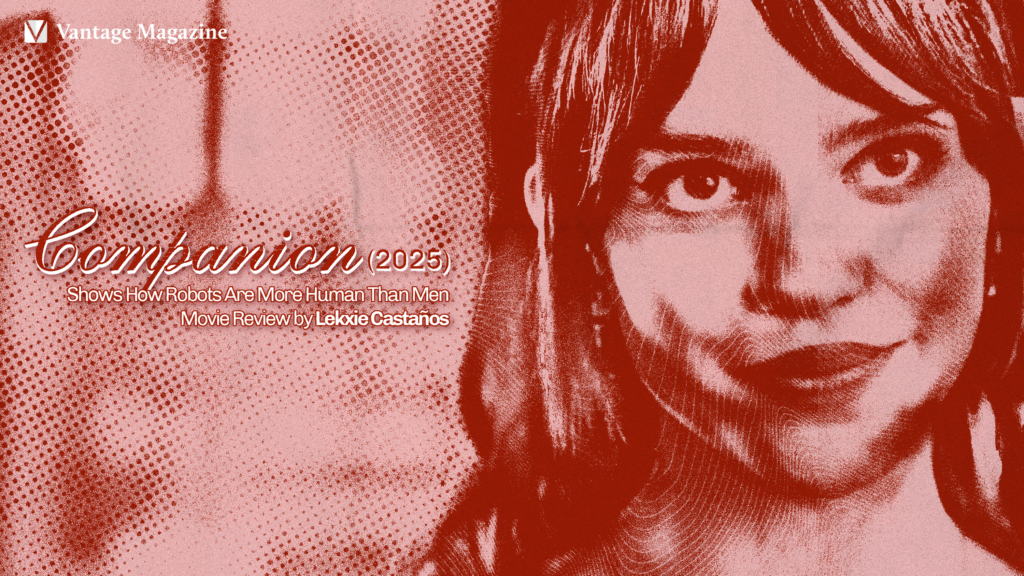“Life begins when innocence ends.”
This premise sets the tone for Ralston Jover’s Hamog (2015), which follows the lives of four street children: Rashid (Zaijian Jaranilla), Jinky (Teri Malvar), Tisoy (Sam Quintana), and Moy (Bon Lentejas). They spend their days chasing crime and delinquency on the streets of EDSA, and their nights chasing sleep in the bowels of Guadalupe Bridge.
When one of them disappears and another meets a tragic death, the only world they have ever known is turned upside-down. What follows is an unapologetic glimpse into the Filipino street life, where the rules are arbitrary and dying is for the weak.
The film jumps from character to character to tell the stories of the remaining children, although the shifts in perspective are accompanied by transitions that seem out of place. The strength of the film lies in the characters: the children who symbolize the least, the last, and the lost of society, who are forced to chase survival instead of each other.
Hamog is translated as “haze in the air.” Fittingly, the film requires a viewer prepared for the film’s dark and smoky message, which occasionally allows a bit of light to peek through. The film’s symptomatic honesty makes it a tough pill to swallow because it appeals to a highly specific audience: those who are not afraid to ask hard questions and receive even harder answers in return. The film is definitely not shy in showcasing violence and immorality. But overall, it succeeds in its goal to shine a light on the truths of Filipino child poverty–even if it casts more shadows in its wake.
As each child descends deeper into the haze, the film ultimately begs the question, “when the world turns them out, who else can they turn to?”
Rating: 4/5
Photo retrieved from kapamilya.com






